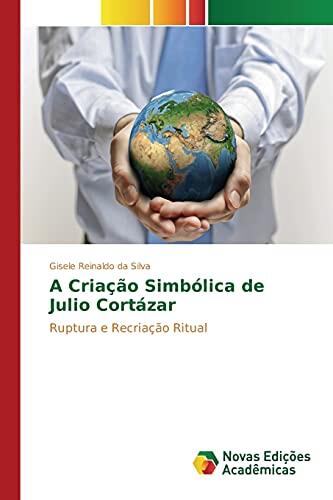
A Criação Simbólica de Julio Cortázar: Ruptura e Recriação Ritual
작성자
Gisele Reinaldo da Silva
아직 평점이 없습니다
Dystopian
형식
페이퍼백
페이지
236
언어
포르투갈어
출판됨
Dec 4, 2015
출판사
Novas Edições Acadêmicas
ISBN-10
3841712444
ISBN-13
9783841712448
설명
Gisele Reinaldo da Silva explores the intricate layers of Julio Cortázar's literary universe in this insightful analysis. The author presents a compelling argument that delves into the symbolic creation present in Cortázar's works, highlighting the delicate balance between rupture and ritualistic recreation. Through a thorough examination of his stories and narrative devices, da Silva reveals how Cortázar crafts his unique identity in literature.
The book goes beyond a mere critique and embraces an innovative approach to understanding the rituals embedded in Cortázar's narratives. With a focus on the transformative power of storytelling, the author invites readers to reflect on the deeper meanings behind the characters and events that populate Cortázar's fiction.
Gisele Reinaldo da Silva’s work is a significant contribution to the study of Latin American literature, offering fresh insights into the relationship between text and meaning. Her rich analysis not only enhances the appreciation of Cortázar's genius but also encourages a broader contemplation of the nature of creation and existence itself.
Readers are left with a renewed perspective on how literary forms can serve as a bridge between the real and the imagined, embodying the complexities of human experience as envisioned by one of the most daring writers of the 20th century. This examination fundamentally redefines the experience of engaging with Cortázar's literature.
The book goes beyond a mere critique and embraces an innovative approach to understanding the rituals embedded in Cortázar's narratives. With a focus on the transformative power of storytelling, the author invites readers to reflect on the deeper meanings behind the characters and events that populate Cortázar's fiction.
Gisele Reinaldo da Silva’s work is a significant contribution to the study of Latin American literature, offering fresh insights into the relationship between text and meaning. Her rich analysis not only enhances the appreciation of Cortázar's genius but also encourages a broader contemplation of the nature of creation and existence itself.
Readers are left with a renewed perspective on how literary forms can serve as a bridge between the real and the imagined, embodying the complexities of human experience as envisioned by one of the most daring writers of the 20th century. This examination fundamentally redefines the experience of engaging with Cortázar's literature.